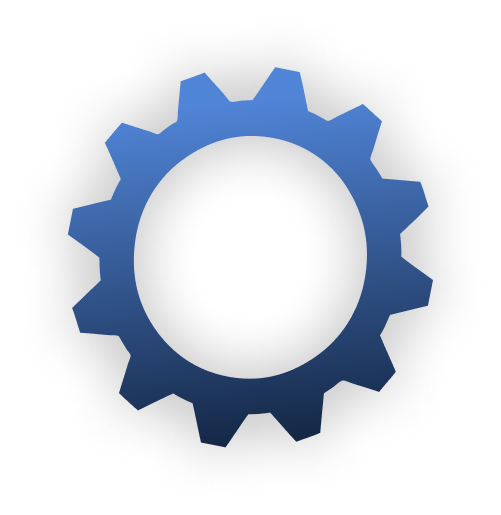Artificial intelligence (AI) can be linked to the 5 As model of human resources consultancy. Specifically, AI can be used to enhance the “Attract” pillar by automating repetitive tasks in the recruitment and hiring process, analyzing data to make better hiring decisions and identifying top candidates, which can help organizations attract top talent more efficiently.
In addition, AI can be used to enhance the “Align” pillar by analyzing employee data to identify skill gaps and providing personalized employee development plans, which can help align employees’ skills and goals with the organization’s overall strategy.
Moreover, AI can be used to enhance the “Aspire” pillar by providing tools for employee engagement, such as chatbots, which can help organizations create a workplace where employees feel engaged and valued.
Furthermore, AI can be used to enhance the “Award” pillar by providing data-driven insights that organizations can use to make informed decisions about compensation and benefits packages, which can help attract and retain top talent.
Finally, AI can be used to enhance the “Advance” pillar by providing training and development opportunities for employees, such as personalized learning plans and virtual coaching, which can help employees acquire new skills and knowledge to advance their careers.
Overall, AI can be linked to the 5 As model as it can help organizations in all the pillars by providing efficient and data-driven solutions that can help improve the HR performance, attract and retain top talent, align employee skills and goals with the organization’s overall strategy, create a workplace where employees feel engaged and valued, and provide training and development opportunities for employees to advance their careers.

